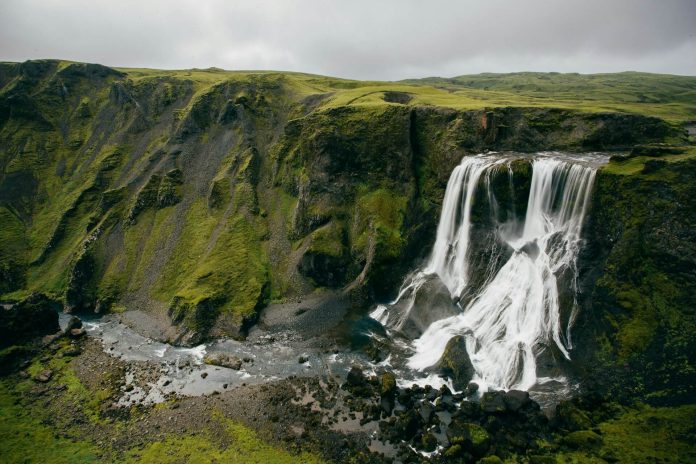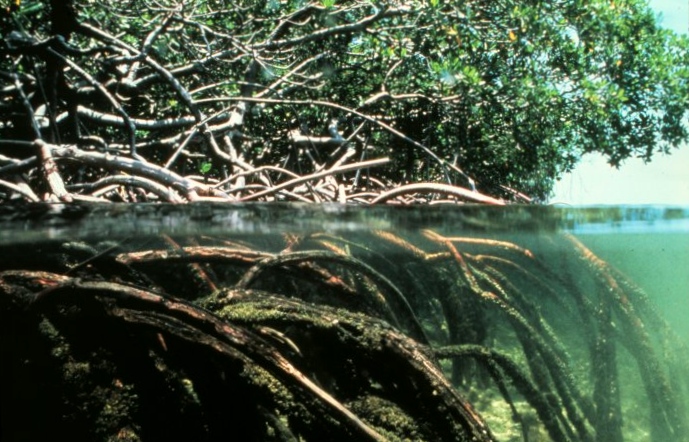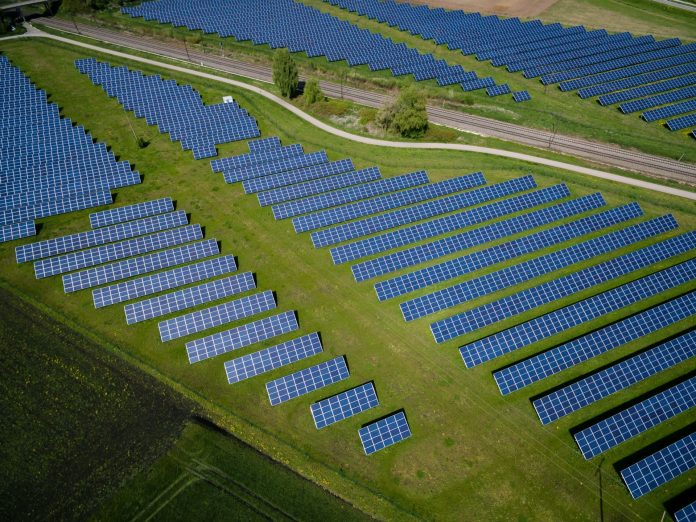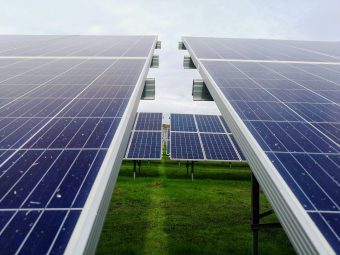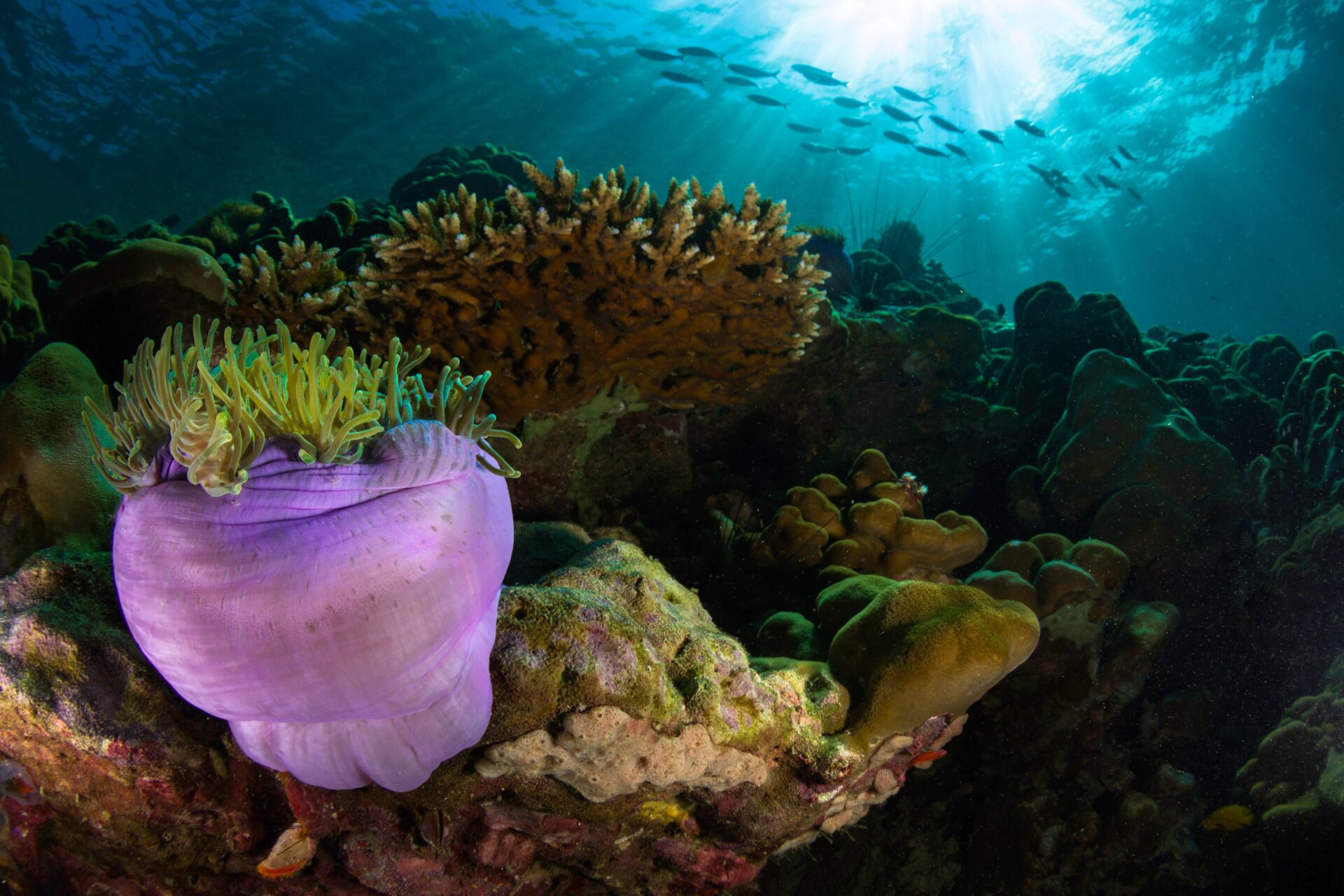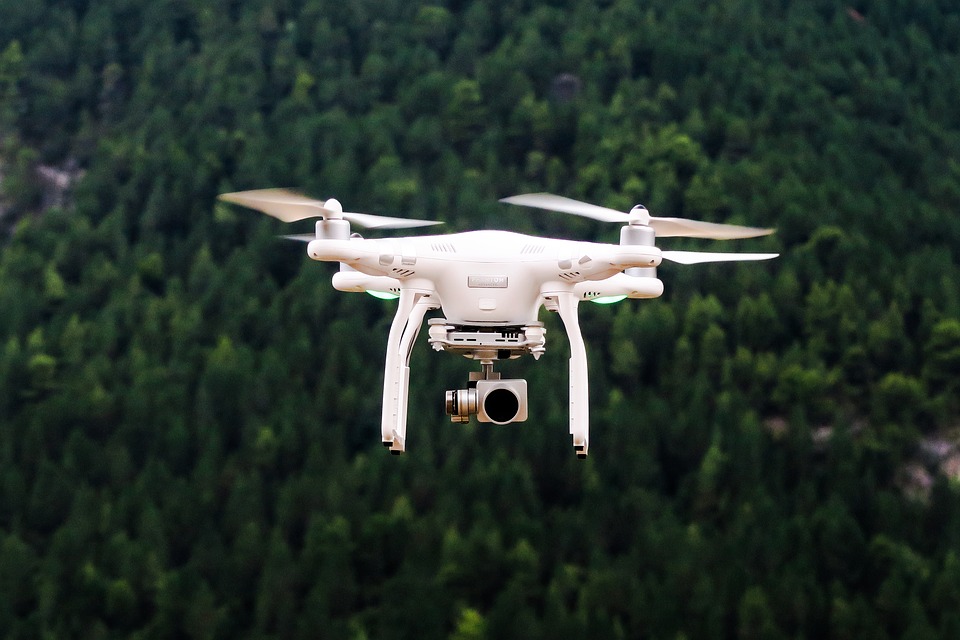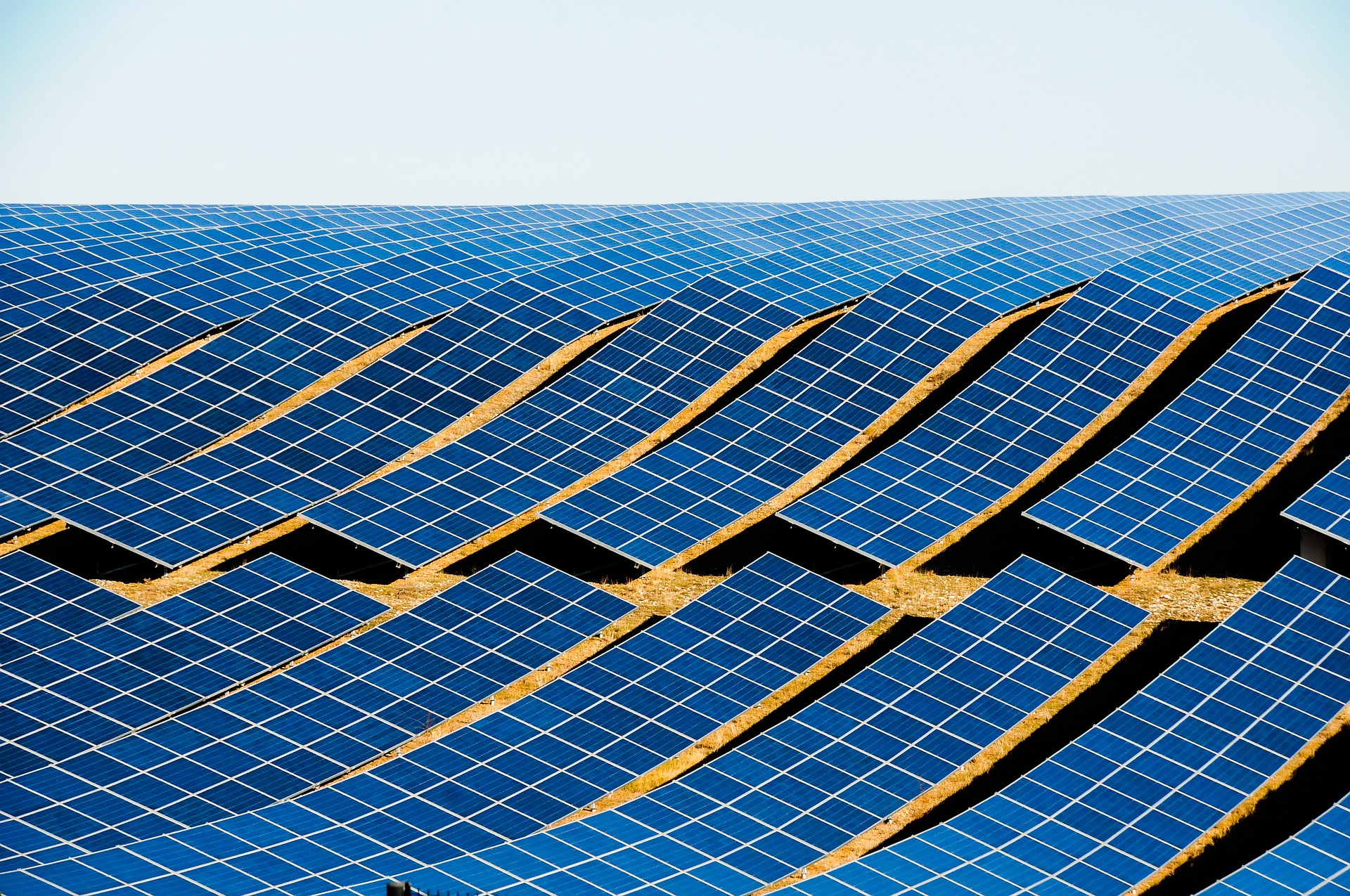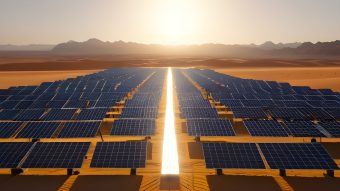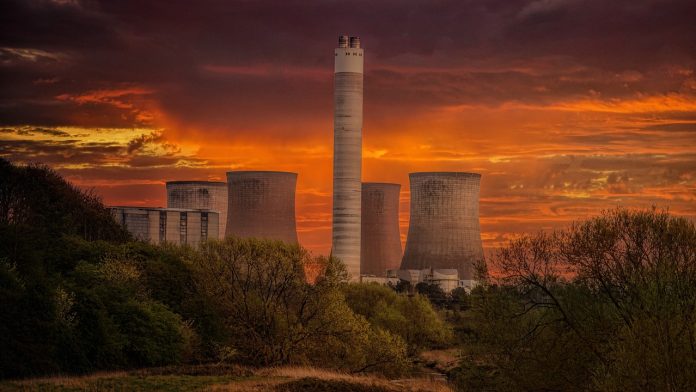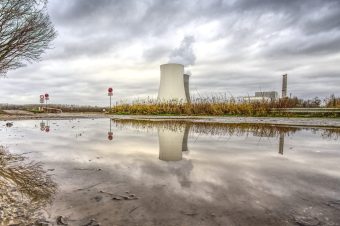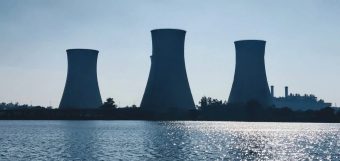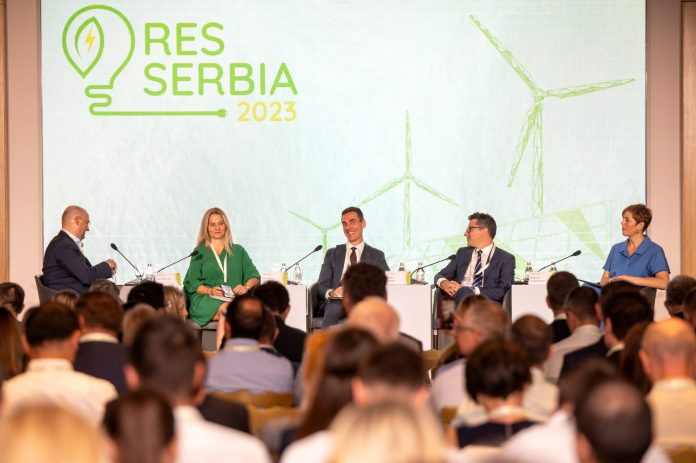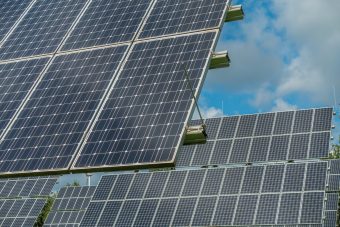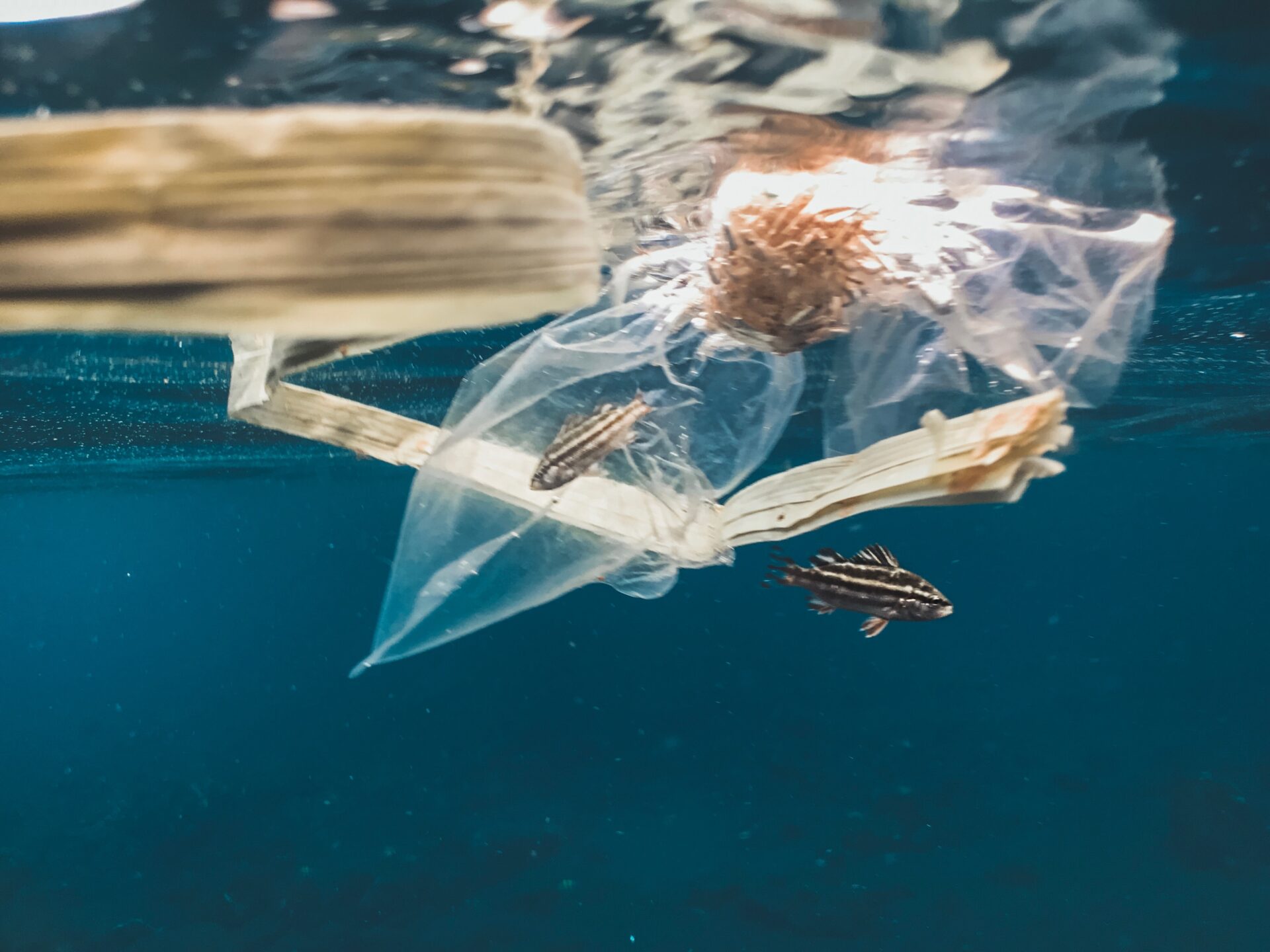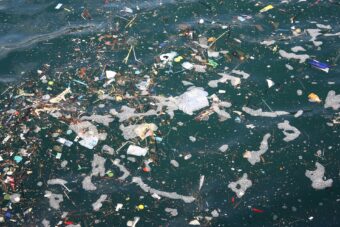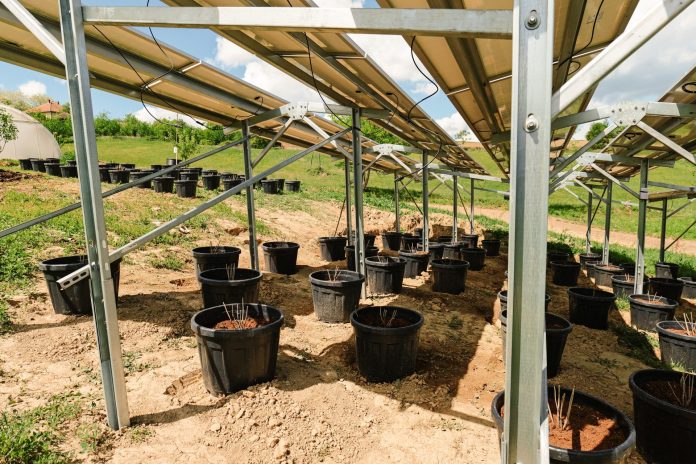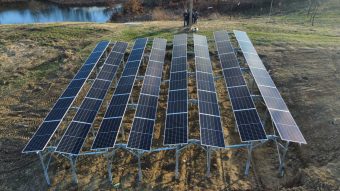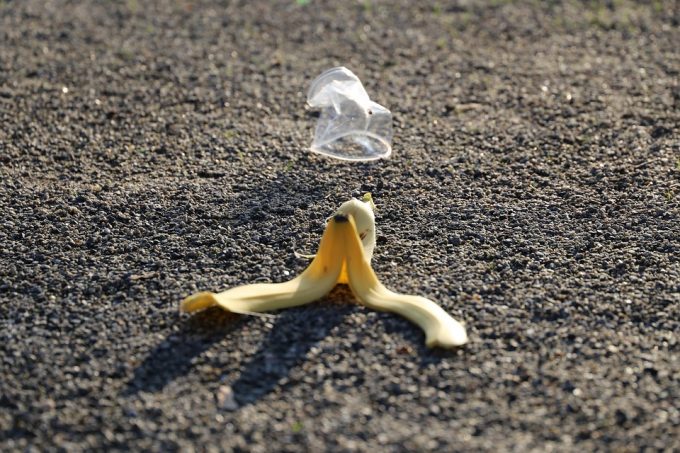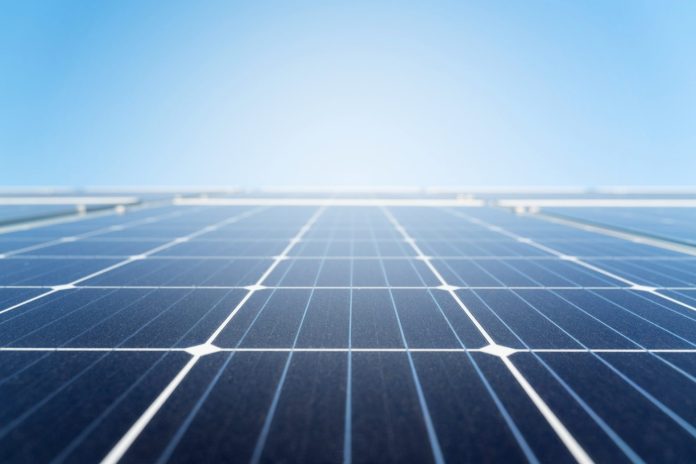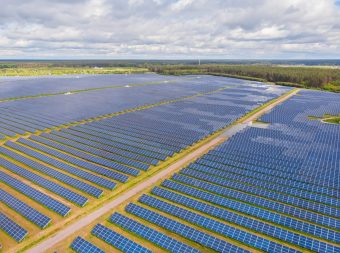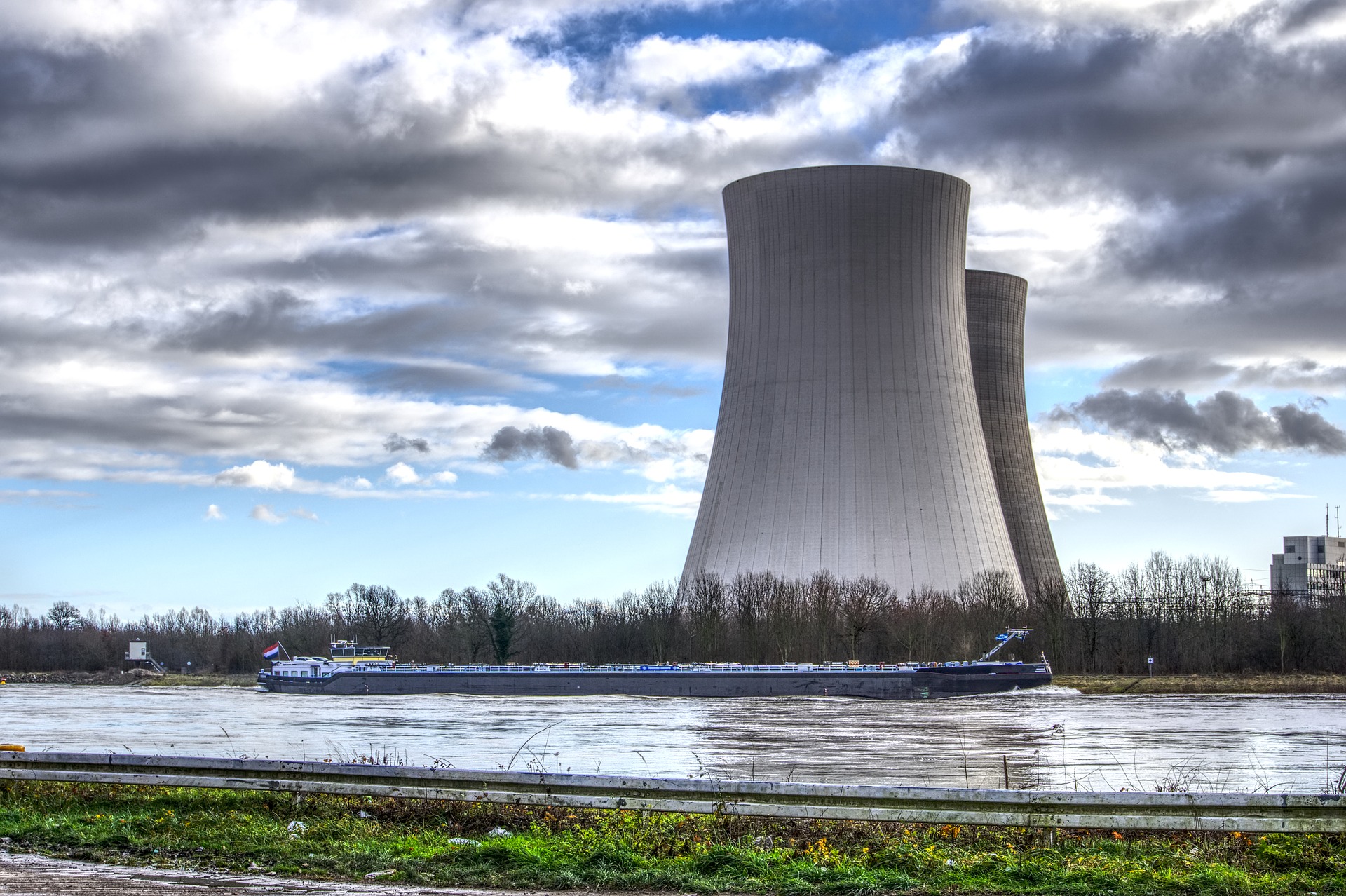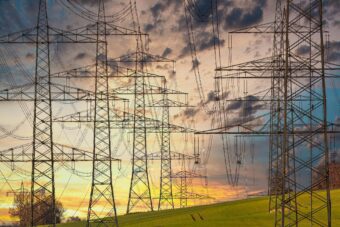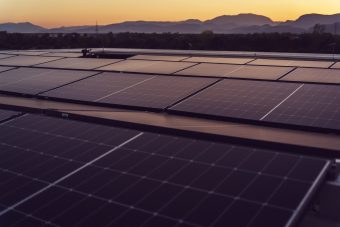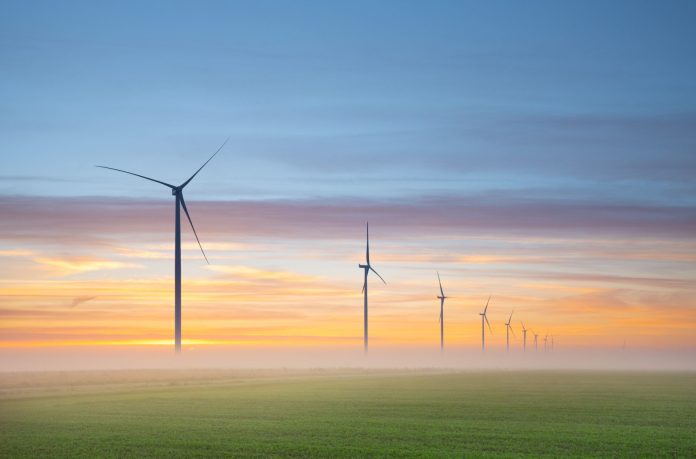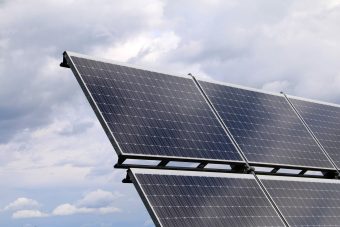Just over a year ago, I lost my aunt—a person very dear to me—to that insidious disease.
Since then, I often think about cancer—all those people who fight valiantly despite poor medical prognoses, the arduous and uncertain treatments, and the feeling of helplessness that spreads to the entire family. Will I one day find myself in the ring with the deadliest disease in the world? Will I be able to defeat it? These fears sometimes keep me awake at night, and I can’t help but wonder how science has come so far yet still hasn’t found a cure for cancer.
I admit that I have slightly leaned into hypochondria, often catching myself googling the symptoms of various types of cancer and searching for recipes for healthy drinks that will make my immune system invincible. And just as I was studying skin cancer and methods of safe tanning, my scrolling was interrupted by amazing news: Young scientist Heman Bekele has created a soap that can cure skin cancer!
Прикажи ову објаву у апликацији Instagram
Despite being only 15 years old, Bekele earned the title of “Child of the Year” after devising a simple and economical way to treat skin cancer. In an interview with Time magazine, this promising teenager revealed that he is originally from Ethiopia, where he was daily exposed to people who were overexposed to the sun and had the chance to see the effects on their health.
After moving to the United States with his family, Bekele received his first set of test tubes and chemistry equipment when he was just seven years old.
At first, he experimented with household chemicals like laundry detergent and dishwashing liquid. He often mixed different substances and left them overnight to see how they would react, and his parents were even afraid that Heman would burn down the house.
Fortunately, that did not happen. What did happen is that Bekele grew up to become a true young scientist who brings hope to the entire world that the insidious disease—which often starts as a tiny spot and can end fatally—might finally be easily curable.
Bekele explains that the drug “Imiquimod,” which is used to treat skin cancer, is inaccessible to many vulnerable groups—especially those living in less developed parts of the world. That’s why he thought about how to make the application of this drug more economical, and the solution came in the form of combining the drug with soap.
The reason for this is simple—soap is used daily by almost everyone in the world. If we were to bathe with Bekele’s innovative soap, after rinsing off the lather with water, the drug particles would remain on the skin as an active component capable of treating melanomas.
The teenager explains that the support of older mentors, who contributed their knowledge and experience to the perfection of the cancer-curing soap, was crucial on his path to this discovery. It is possible that this drug will soon be available for sale.
The significance of this young scientist’s discovery is further evidenced by the fact that Bekele won the 2023 Young Scientist Challenge. Well-deserved!
According to data from the World Health Organization, skin cancer is the most widespread form of cancer globally. In the United States, more than five million people are diagnosed with skin cancer each year, making it the most common type of cancer in the country. Therefore, it’s clear why every step towards improving cancer treatment is immensely important, and Bekele has just proven that even young people like him can make the world a better place.
“If it seems like everything has already been invented and that there’s nothing left for you to create, know that it’s not true. Keep creating and making this world a better place to live,” said Bekele. I think that because of these words, I will sleep much more peacefully tonight.



